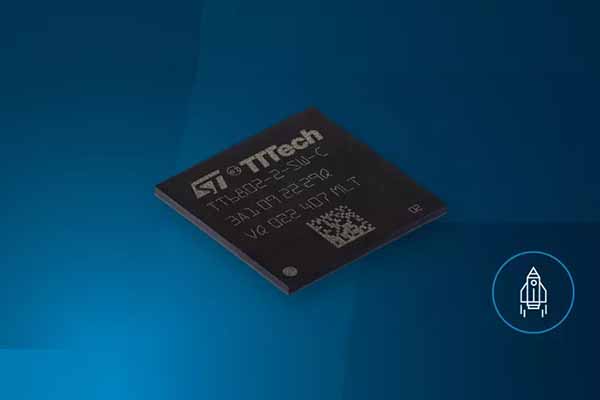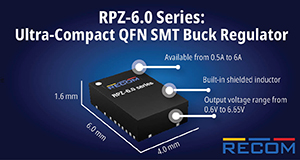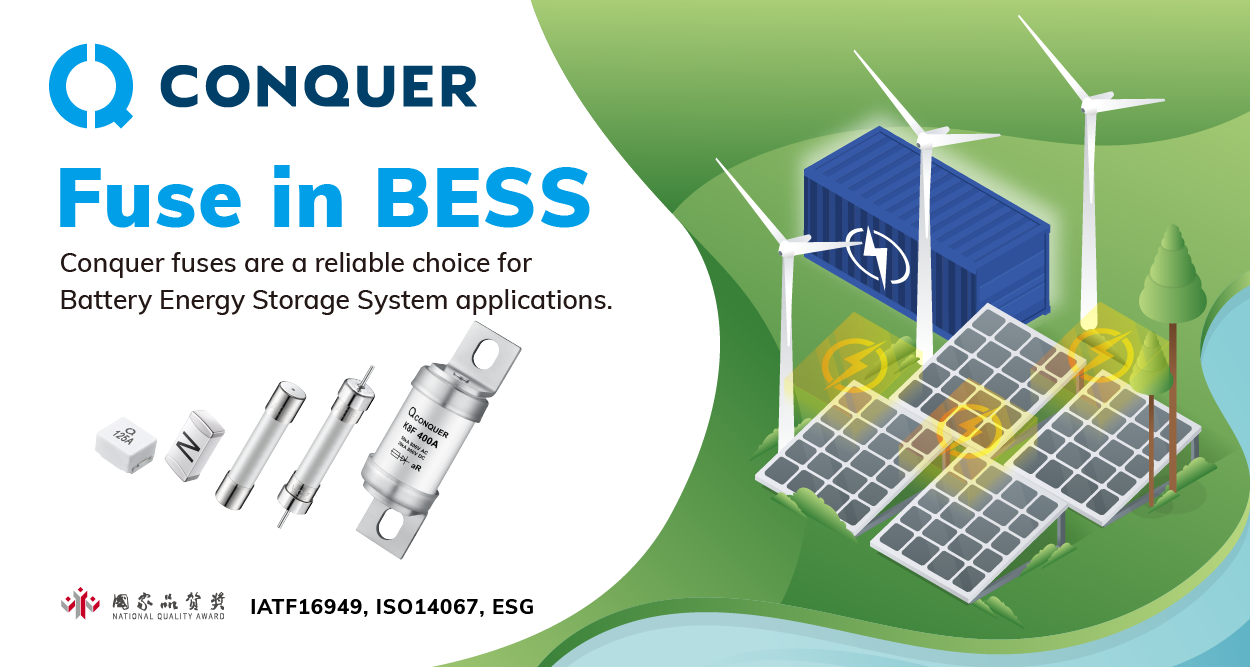TTTech, a technology leader in safe networking and computing platforms, and STMicroelectronics, a global semiconductor leader serving customers across the spectrum of electronics applications, celebrate 7 years of collaboration in the space sector. TTTech’s advanced, safe, and reliable networking components and platform solutions, based on ST chips, are deployed in key space industry commercial and exploration programs. After the first variant of TTTech’s and ST’s codeveloped chip was selected for the Ariane 6 launcher program, a second variant, tailored for the very harsh constraints of deep space, is being implemented in modules of the Gateway space station, a key part of NASA’s Artemis program.
“We are witnessing a new space era. The space market has captured lots of commercial funding and benefits from increased governmental spending. There is a growing demand for satellite constellations providing global internet connection and earth observation. At the same time, international cooperation, such as NASA Artemis and programs like the Gateway space station, are pushing space travel and new industries and projects, such as Moon habitation and rovers. They also foster the need for high-tech, safe, and secure digital communication solutions, which is our core competence. TTTech is proud to be on board of such missions and to work with a leading technology company like STMicroelectronics to shape the future of the space market,” says Georg Kopetz, CEO TTTech.
“Cutting-edge technology is a must for a vision of connected deep space to become a reality. ST’s chips power Space industry through collaboration with space agencies and market leaders, such as TTTech. As part of this collaboration, we are bringing two innovative variants of the same chip, enabling both short-lived but tough launcher’s reliability conditions and missions lasting over 15 years in very harsh constraints of deep space,” adds Vincent Fraisse, RF & Communication Division General Manager, STMicroelectronics. “As an integrated device manufacturer, ST provides this transforming market with decades of high-reliability semiconductor expertise and its customers with security of supply with its Europe-based front-end and back-end manufacturing.”
In 2021, TTTech and ST completed the development, industrialization, and qualification of highly integrated, radiation-hardened TTEthernet network controllers that are now used in the avionics systems of multiple launcher and robotic programs, including the Ariane 6 launcher program and the NASA Gateway modules.
In particular, TTTech and ST are contributing to the creation of the Ariane 6 avionics backbone system where the challenge was to develop and qualify a solution that supports a short life cycle in the harsh conditions of a launch. Ariane 6 is a European launch system currently undergoing its test campaign, developed by ArianeGroup on behalf of the European Space Agency. The chips and related software resulting from the collaboration between TTTech and ST are integrated into more than 50 avionic units that all connect to a single, redundant TTEthernet network, the launcher’s “nervous system.”
The second variant will notably use a hermetic ceramic package to support the very harsh radiation conditions of deep space, over an extended life cycle of multiple years. It will be on board the first two NASA Gateway modules to go to space, the Habitation and Logistics Module (HALO) and the Power and Propulsion Element (PPE). Gateway will be the first space station in lunar orbit. It is a key part of NASA’s Artemis program, which aims to land the first woman and next man on the Moon by 2024 and eventually enable future crewed missions to Mars. The PPE will generate 60kW of electrical power to power Gateway’s subsystems and solar electric propulsion system, allowing it to maintain its unique orbit around the Moon and communications for the lunar orbiting outpost. Meanwhile, the HALO module will serve as the backbone for command and control and power distribution across Gateway, providing living quarters and enabling science investigations and communication with lunar surface expeditions.















